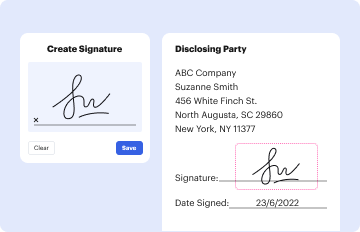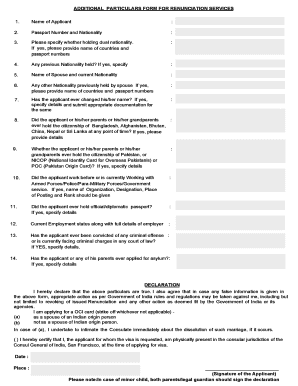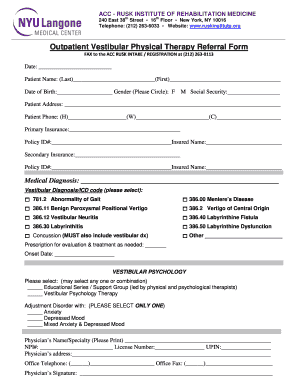Definition and Purpose of the Civil Answer Template
A civil answer template is a legal document that a defendant uses to respond to a complaint filed against them in a civil court case. This document serves several essential functions within the legal process, including:
- Response to allegations: The template allows the defendant to admit, deny, or state they lack knowledge regarding the allegations made by the plaintiff.
- Affirmative defenses: The template offers the opportunity to present defenses or legal reasons that would invalidate the plaintiff's claims.
- Counterclaims: Defendants may use the template to assert their own claims against the plaintiff, effectively turning the tables in the legal battle.
Understanding the structure and requirements of the civil answer template is crucial for defendants to respond appropriately to a summons.
Key Components of a Civil Answer Template
A well-structured civil answer template includes several crucial components that must be addressed by the defendant. Each section plays a specific role in ensuring the response is comprehensive and legally sound.
Caption and Introduction
The top of the document generally contains the caption, which includes:
- Court name: The title of the court where the case is being heard.
- Case number: A unique identifier assigned to the case that helps track its progress.
- Parties involved: Identifies the plaintiff(s) and defendant(s) by name.
This section is essential as it establishes the context of the document.
Responses to Specific Allegations
The template should include a section where the defendant responds to each specific allegation made in the complaint. The responses typically follow this structure:
- Admit: Acknowledging the truth of the allegation.
- Deny: Rejecting the accuracy of the claim.
- Lack of knowledge: Stating that the defendant is unaware of the facts sufficient to form a response.
This approach ensures clarity in addressing the plaintiff's claims and helps avoid any ambiguity regarding the defendant's stance.
Affirmative Defenses
This section should enumerate any affirmative defenses the defendant wishes to assert. Some common defenses include:
- Statute of limitations: Arguing that the plaintiff's claim is time-barred.
- Lack of jurisdiction: Challenging the court's authority to hear the case.
- Consent: Indicating that the plaintiff agreed to the actions that are now being contested.
Including these defenses is critical to providing a robust response to the claims raised by the plaintiff.
Counterclaims
If applicable, defendants can include a section for counterclaims. This portion should outline:
- Nature of the claims: A brief description of the counterclaims being made.
- Legal basis: The facts and legal justification for the counterclaims.
- Relief sought: Specific remedies or damages the defendant is requesting.
Counterclaims enable defendants to assert their legal rights and seek compensation or relief from the plaintiff while the proceedings are ongoing.
Formatting and Filing the Civil Answer
The civil answer template must adhere to specific formatting rules that ensure its acceptance in court. Key considerations include:
- Margins and font size: Follow court rules regarding document formatting, including margins (usually one inch) and font size (commonly 12-point).
- Signature block: The document should include a signature line for the defendant or their attorney, along with their contact details.
Once the civil answer has been completed, the defendant must file it with the appropriate court, adhering to any specific filing deadlines set forth by local rules.
Filing Methods
The answer can be submitted through different methods, including:
- In-person: Delivering the document directly to the court clerk.
- By mail: Sending the response to the court's designated address.
- Electronic filing: Utilizing the court's online system, if available, which streamlines the process.
Understanding these methods ensures compliance with court procedures and avoids unnecessary delays.
Consequences of Failing to Respond
Failure to respond to a civil summons with a timely answer can lead to default judgment against the defendant. This means that the court may grant the plaintiff's claims without the defendant having an opportunity to present their side. The implications of ignoring a summons are severe, making it vital for defendants to understand the importance of responding appropriately and on time.
By utilizing a civil answer template effectively, defendants can navigate the complexities of civil litigation more confidently and protect their legal rights throughout the process.











